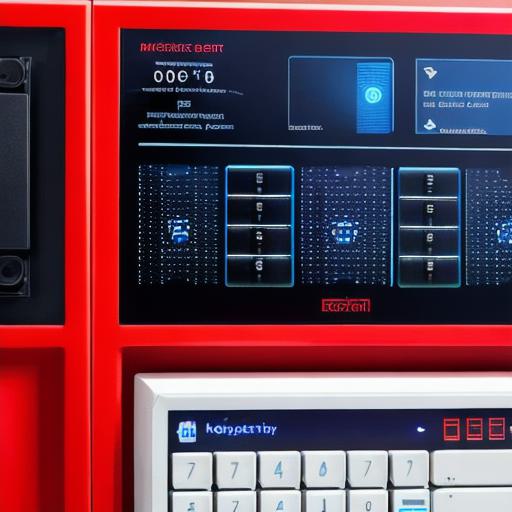Introduction:
In today’s digital world, data security has become a top priority for businesses. The General Data Protection Regulation (GDPR) is a European Union law that sets guidelines for the collection, processing, and protection of personal data. If you’re planning to implement a data room to store sensitive information, it’s crucial to ensure compliance with GDPR regulations. In this article, we discuss the key considerations for creating a GDPR-compliant data room.
- Perform a Data Audit:
Before setting up a data room, conduct a thorough data audit to identify all types of personal data that you process and store. Understand how the data was obtained, who has access to it, and why it is being processed. This information will help you implement appropriate technical and organizational measures for GDPR compliance.
Example: A law firm may have client data containing names, addresses, and social security numbers. They need to identify where this data is stored, who has access to it, and the reason for processing it.
- Implement Access Controls:
Access controls are crucial in ensuring that only authorized individuals can access sensitive data. GDPR requires that you implement measures to verify the identity of individuals seeking access to personal data. You may use techniques such as two-factor authentication or role-based access control.
Example: A pharmaceutical company can restrict access to patient data based on job roles, ensuring that only those who need it for their work can access it.
- Encryption and Data Protection:
Encryption is an essential component of GDPR compliance. Ensure that all personal data is encrypted both during transfer and at rest. Encryption protects the data from unauthorized access, even if the data is intercepted or stolen.
Example: A financial services company can encrypt customer data before storing it in a cloud-based data room, ensuring that the data remains secure during transmission and storage.
- Data Processing Agreements (DPAs):
A DPA is a legal contract between two entities involved in the processing of personal data. The GDPR requires that you have a written DPA with any third party that processes your personal data on your behalf. Ensure that the DPA includes provisions for data security, data breach notification, and data subject rights.
Example: A marketing agency may need to process client data on behalf of a business. They must sign a DPA that outlines their responsibilities regarding data security and breach notification, as well as the client’s right to access or delete their data.

- Data Breach Notification:
Under GDPR, you are required to notify individuals affected by a data breach within 72 hours of becoming aware of it. Implement measures to detect and respond to data breaches promptly.
Example: A healthcare provider should have systems in place to detect and respond to data breaches quickly, such as intrusion detection software and incident response plans. In case of a breach, they must notify affected individuals within 72 hours.

Conclusion:
Creating a GDPR-compliant data room requires careful planning and implementation of appropriate technical and organizational measures. Perform a thorough data audit, implement access controls, encryption, data processing agreements, and data breach notification procedures to ensure compliance with GDPR regulations. By taking these steps, you can protect personal data while maintaining the security and integrity of your data room.
